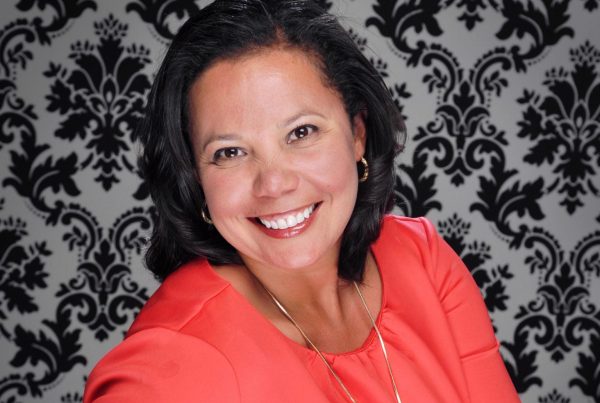
I believe like that RADICAL transformation is needed and can be realized in nursing education today. I have crafted a document: “A Declaration to Transform Nursing Education” that situates 7 needed practical paradigm shifts to help make needed transformation in nursing education a reality.
The 5th paradigm shift of this document: I will allow nursing priorities to be situated in new ways in addition to NANDA nursing diagnostic statements.
Topic of todays blog: The image for this weeks blog represents the tragic consequence of a patient going down for the last time whose plight goes unrecognized by the lifeguard. The same fate is also possible for the patient whose nurse “fails to rescue” because of an over-reliance on NANDA to establish a care priority (2).
I have 3 reasons as an experienced clinical nurse of 30 years as well as nurse educator why NANDA must be de-emphasized in nursing education and replaced with an emphasis of clinical reasoning:
- Does not represent the essence of how a nurse in practice thinks
- Contributes to “failure to rescue” by the nurse when the status of a patient changes
- No NANDA statement to identify a change of status or care priority
[dt_divider style=”thin” /]
#1: Does not represent the essence of how a nurse thinks in practice
I was working recently in the cardiac monitoring center where all the remote telemetry patients are continuously monitored. A critical alarm went off on the screen monitoring a med/surg patient. Over the next several seconds, the heart rate decreased from 50…40…30…20 beats per minute and continued to slide! It was clearly NOT artifact, and I called the operator to initiate a code and ran promptly to the room before the code was paged overhead.
When I got to the room of the patient who was in dire need of “rescue” do you think I took one look at this woman and immediately formulated this 3 part NANDA nursing diagnostic statement:
Ineffective tissue perfusion-cardiac-neuro and renal RELATED TO sinus bradycardia/sinus arrest, but oops!…I cannot use the medical diagnosis but must state instead that this is a condition in which there is a decrease in the heart rate that is caused by numerous factors including hypoxia & sinus node dysfunction MANIFESTED BY absence of pulse, absence of BP, and ashen pale skin color”
NANDA nursing diagnostic statements can be a barrier to identifying the current care priority when the status of a patient changes. Dorothy Del Bueno found that new nurses were unable to exercise correct clinical judgment at a basic level to RESCUE (identify the problem and then intervene) their patient in a simulated scenario.
The reason? Inappropriate use of NANDA nursing diagnostic statements to make them “fit” when there was a change in status (2).
In closing her research article, Del Bueno summarizes her findings with the following statement:“Many inexperienced RN’s also attempt to use a nursing diagnosis for the problem focus. Whatever the original intent for its use, the results are at best cumbersome and at worst laughable” (2).
To DEEPEN your knowledge of clinical reasoning and its relevance to nursing education please see my past blogs The Real Reason for the Current NCLEX® Decline, 5 Rights of Clinical Reasoning, and Where’s the Thinking?
References
1. Benner, P., Sutphen, M., Leonard, V., & Day, L. (2010). Educating Nurses: A Call for Radical Transformation. San Francisco, CA: Jossey-Bass
2. Del Bueno, D. (2005). “A Crisis in Critical Thinking,” Nursing Education Perspectives, 26(5), 278-282.
Keith Rischer – Ph.D., RN, CCRN, CEN
As a nurse with over 35 years of experience who remained in practice as an educator, I’ve witnessed the gap between how nursing is taught and how it is practiced, and I decided to do something about it! Read more…
The Ultimate Solution to Develop Clinical Judgment Skills
KeithRN’s Think Like a Nurse Membership
Access exclusive active learning resources for faculty and students, including KeithRN Case Studies, making it your go-to resource.



